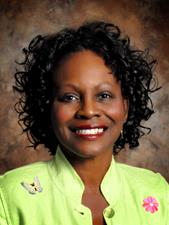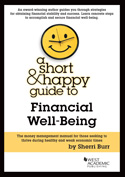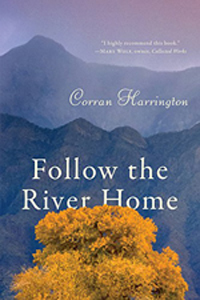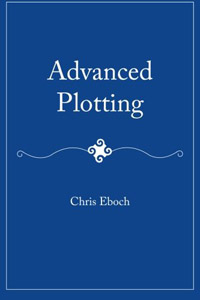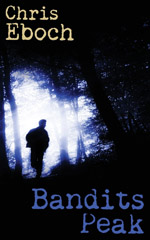Juana Chavez believes “every tale should have some shared experience so the reader can leave the book…contented and well fed.” A copywriter and former teacher, Juana lives in New Mexico with her husband in the quiet of an empty nest and posts a weekly Bible study on her blog. Her debut novel, Thirty-Seven: Four, was published by WestBow Press (2015). You can find her on Facebook, JuanarChavez.blogspot.com, and her Amazon author page.
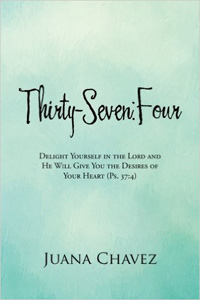 What is your elevator pitch for Thirty-Seven: Four?
What is your elevator pitch for Thirty-Seven: Four?
Facing the terminal diagnosis of one of their own, four friends decide to take the Psalms 37:4 challenge and go after their hearts’ desires. In the process, God uncovers their hearts, leads them over obstacles, and reveals what they truly delight themselves in.
When readers turn the last page, what do you hope they take away from it?
Ultimately, it is God we should be delighting in, and then we will find what the desire of our heart is really all about. Also, that what we all desire is to be loved and appreciated, and God does love and appreciate us and shows us how much by the unique giftings He has given each of us to use for His Kingdom.
What unique challenges did this work pose for you?
I wrote this book almost a decade ago when my best friend was battling breast cancer. She was the inspiration for one of the characters. I set the book aside and put it with my other unpublished works. A couple of years back my daughter told me it was time to get one published, so I decided, “Why not?” I looked through them, and this one really touched me. It was so hard to relive the loss of my best friend, and yet I felt it was time to take this novel that she had been such a part of and really make it happen—for my friend and for me, to walk the talk I’d written about. I had to go back and rewrite, which was hard to do because I cried a lot! Memories of talking it through with her were so vivid. It was tough to do it without her.
What was the most rewarding aspect of writing it?
Finishing it! To actually be able to say I wrote a book was a great feeling. I’m glad I did it, but it was like giving birth. It’s a painful process, but when it’s out it’s out, and I’m so glad the book is in the world.
How did the book come about?
I sought to be a writer for many years. I attended writers’ conferences, subscribed to writers’ magazines, bought all the books, read all the journals, and graduated Summa cum Laude with my degree in creative writing. I wrote numerous novels…all unpublished. Alas, what inspired me to write this book? My kid said, “Mom, just do it yourself! Go pick one and self-publish. Make it happen!” So I picked a novel close to my heart that I felt was marketable, would touch other people’s hearts, and told a good story. I had written it eight years earlier, took about seven months to rewrite it and get it through the publication process and, voila, Thirty-Seven: Four was born.
Tell us about your main characters.
I tell my friends this is a chick book. It’s about five women in a Bible study. My main character is named Raquel Duran, called Raqui. Her heart’s desire is to be the great American novelist. Sound familiar? She is this biker chick type, who also went to college for writing. Her mother, Laura, has always wanted to be a worship leader, but at 50 years old she fears she has waited too long. Then there is Jenna who longs for the bright lights of the stage, or is it the adoration of men she is really searching for? Sydney, the leader of the study, inspires everyone in the group (through her battle with cancer) to go in search of their heart’s desire. Her own desire is to be lovely one last time, and perhaps be the belle of the ball. Last to join the group is Stephanie, an ex-con who dreams of becoming a part of society like everyone else, and regaining what she’s lost. These are regular women most women can relate to from everyday lives.
Why did you decide to use the settings you chose?
I wanted to make it as real to life as possible so my readers would want to employ the lessons learned to their own lives. I made the settings every day, relatable settings. The main character is a housewife, her husband is a mechanic. These are blue-collar people living middle-class lives in a neighborhood that could be anywhere in America. I wanted people to see themselves in the book and to feel like they know these people.
Is there a scene in your book you’d love to see play out in a movie?
There is a scene in which Jenna is performing in A Mid-Summer Night’s Dream that would be very entertaining and comical to see in a movie. There is also a store scene that would be fun to watch in a theater. There are also scenes some readers have told me touched their hearts and would be perfect for the big screen. Sometimes people say they can see who the characters are, like my daughter telling me Jack is Tim McGraw, and one of my former students saying, “No, Jeremy Renner, definitely Jeremy Renner.” All along I picture composite people, not actual people for my characters.
Do you prefer the creating or editing aspect of writing?
I like every aspect of the writing process. I love writing on the creative side. When I first started I was arrogant enough to think that was all there was to it. I was like, “voila, masterpiece!” Now I realize I have to step away from things and say, “Okay, already, enough!” I can actually overwrite things. I’m my own worse critic and a great editor. Just looking at this interview answer, I could rewrite it a million times—really. My grammar alone is enough to drive me nuts. I have worked that out by becoming a copywriter, so I can go mad on someone else’s dime.
What is your writing routine like? What is your writing process like?
I write every day, as often as I can, which is hours a day. I write blogs. I write for work. I write emails to find work. I write bids for work. I write job applications. I write stories because I want to escape looking for work. I write! My process is to think, and then write it down, and then go back, read over it, edit it, and then read over it again, and then repeat as many times as is applicable.
If you had an unlimited budget, how would you spend your money for marketing and promotion of your books?
If I had an unlimited budget for marketing, I would put together a team of professionals who would do the work for me that I don’t know how to do. First I’d hire someone to build the platform for me before I wrote a word of the book. Then I’d hire a social media guru to get the word out about the book so everyone was all a “Twitter” about it (pun intended). I’d hire bloggers to be blogging about it, talkers to be talking about it, and pinners to be pinning it! Then I’d write my book, have it edited, release it, and then—like the latest in the Marvel series—there’d be people lining up to get my book! Amazon would actually be sold out! Waiting lists would actually exist! In other words, I’d do it by hiring the professionals, not scammers, and not a publishing team that has 200 other clients to promote as well.
What are you working on now?
My focus has shifted to my blogging for the time being. I write a women’s Bible study blog that is doing amazingly well. I’ve been really blessed to see the response to it. It’s on Facebook on my book page (or you can go directly to it at JuanarChavez.blogspot.com). It’s called The Study. I’m the one who does the investing in it, but it’s cheaper than self-publishing a book. The blog site is free, but the boosting for the site is anywhere from $3 to $20. I get around 1500 likes per week on the post. I know it’s probably not the blog post itself. It’s probably the verse and the picture I put up, but it’s still the Word of God going forth and that’s worth it. And people are reading my blog because my stats have been over 3000 hits on the actual posts themselves in the last few months. It’s been worth the investment to get God’s word out. I’ve thought about putting out a Bible study book, but I don’t want to charge for the study. God’s word should be free for all who want to hear it. So I keep putting it out there, cranking away, and praying that my stories, my novels, will someday be blessed—but more importantly, that my work for Him will matter more in the light of eternity.
 KL Wagoner (writing as Cate Macabe) is the author of This New Mountain: a memoir of AJ Jackson, private investigator, repossessor, and grandmother. She has a new speculative fiction blog at klwagoner.com and writes about memoir at ThisNewMountain.com.
KL Wagoner (writing as Cate Macabe) is the author of This New Mountain: a memoir of AJ Jackson, private investigator, repossessor, and grandmother. She has a new speculative fiction blog at klwagoner.com and writes about memoir at ThisNewMountain.com.



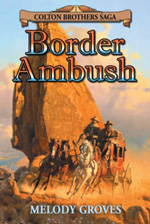

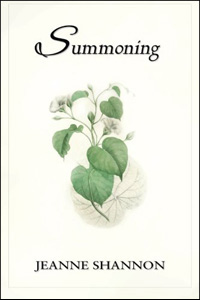
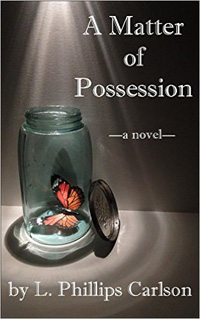 What is your elevator pitch for A Matter of Possession?
What is your elevator pitch for A Matter of Possession?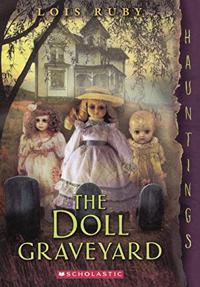 What is your elevator pitch for The Doll Graveyard?
What is your elevator pitch for The Doll Graveyard?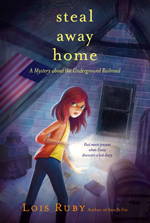 Steal Away Home (Aladdin Paperbacks/Simon & Schuster, 1994) is your most well-known book. Why do you think it continues to be so popular?
Steal Away Home (Aladdin Paperbacks/Simon & Schuster, 1994) is your most well-known book. Why do you think it continues to be so popular?